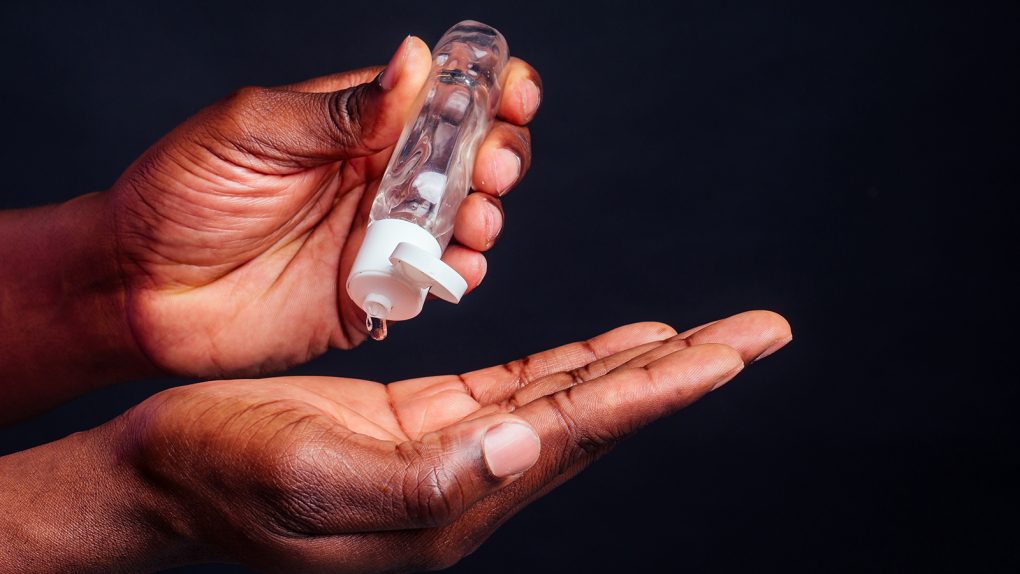- The coronavirus tips you might need the most right now concern the use of hand sanitizer, a must-have item for navigating the pandemic as lockdowns are lifted.
- Frequent hand washing is advised to prevent droplets that can contain the virus from reaching your face. Hand sanitizer should be used whenever water and soap aren’t available.
- You should make sure you buy the correct type of hand sanitizer to carry around and apply it to your hands correctly when you’re going out.
Nearly 175,000 new COVID-19 cases were confirmed on Wednesday in what was the highest daily count since the novel coronavirus pandemic started. The previous record was registered only 10 days earlier when just over 158,000 cases were confirmed in a single day. In between those records, we saw the global tally go up by more than 120,000 each day with a sole exception — June 13th’s count stopped at 113,114. The data comes from the Coronavirus app, a popular resource for mapping COVID-19 statistics that confirms what experts have been saying in the past few weeks. The novel coronavirus is spreading faster than ever, even though some regions may have been able to reduce local transmission significantly.
In other words, you still have to be vigilant and protect yourself and others now that your area is reopening. The same measures you’ve been taking still apply. Make sure you avoid crowded places, wear a mask when you’re out in public, avoid touching your face, and wash your hands as often as you can. Use hand sanitizer to disinfect your hands after touching surfaces. And make sure you apply disinfectant correctly to your hands.
According to the Miami Herald, a new study in Emerging Infectious Diseases by the Centers for Disease Control and Prevention (CDC) found that using hand sanitizer for at least 30 seconds inactivated the virus. The study looked at sanitizer formulas containing either 80% ethanol or 75% isopropyl alcohol, finding that the virus is “efficiently inactivated within 30 seconds of use.”
The CDC recommends alcohol-based sanitizer with a concentration of over 60% ethanol or 70% isopropanol to reduce “the number of pathogens” after interacting with patients. The agency recommends applying the gel to the palm of one hand and then rubbing both hands together, making sure you cover all the surfaces and fingers and continue rubbing until your fingers and hands are dry. This should take around 20 seconds, or about as long as you should be washing your hands.
These recommendations aren’t just for COVID-19, but regular hand sanitizer use. The same page warns that sanitizers may not get rid of all types of germs, and they won’t be as effective when your hands are visibly dirty or greasy. The CDC also notes that hand sanitizers won’t remove pesticides and heavy metals.
Whether you have access to a hand sanitizer supply or not, your best bet is still water and soap, and you should wash your hands as often as possible during the day.








